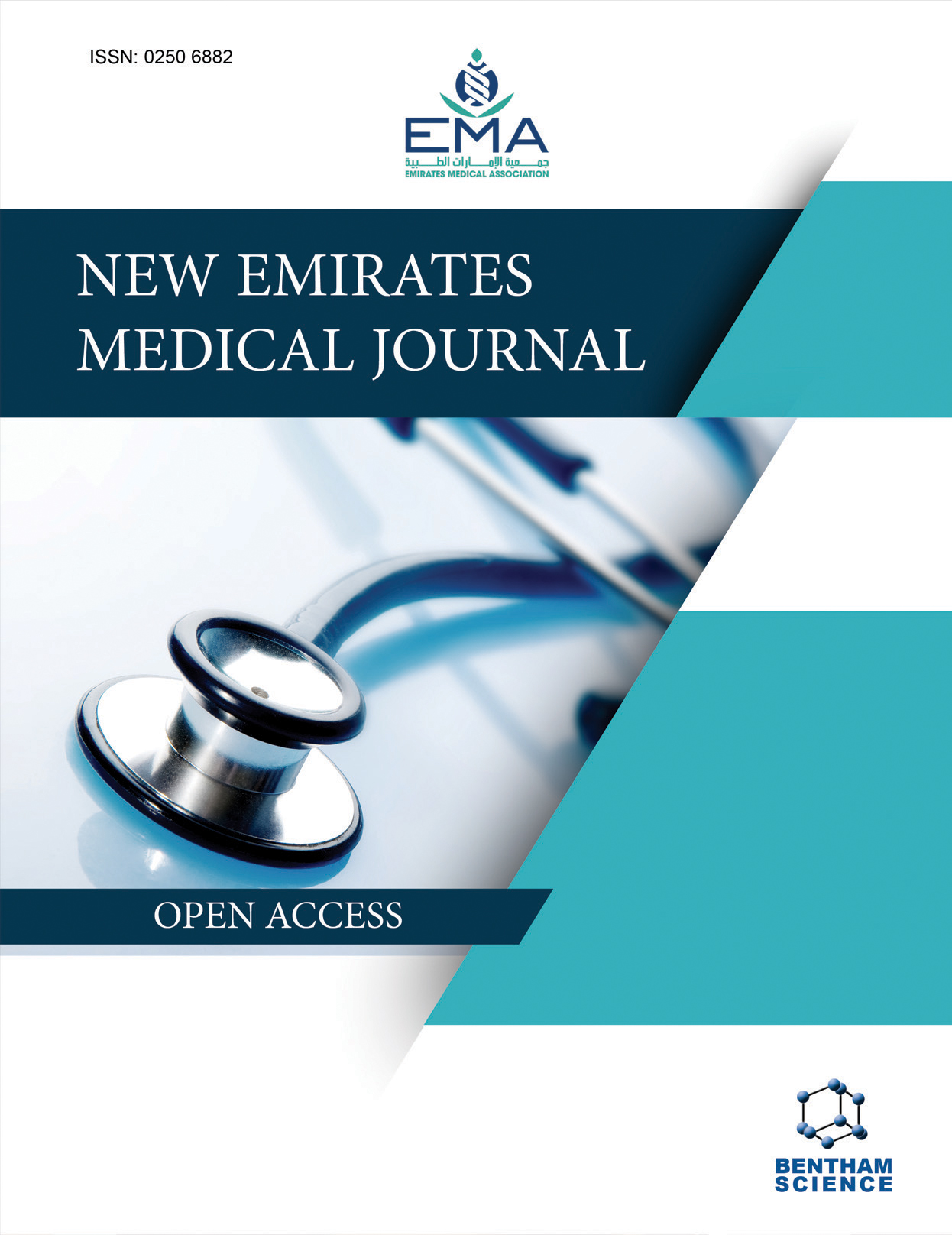-
oa Group 5 PH: Diagnosis and Management of Pulmonary Hypertension in Patients with a Focus on Chronic Haemolytic Diseases in the UAE
- Source: New Emirates Medical Journal, Volume 5, Issue 1, Jan 2024, e02506882333702
-
- 21 Jun 2024
- 01 Nov 2024
- 01 Jan 2024
Abstract
Group 5 pulmonary hypertension (PH) encompasses PH associated with chronic haemolytic diseases, which is the major cause of morbidity and mortality in patients. The prevalence of PH is notably high in sickle cell disease (SCD), thalassemia, hereditary spherocytosis, and paroxysmal nocturnal haemoglobinuria.
Pulmonary symptoms are common with haematological diseases; therefore, systematic evaluation of patients who are at increased risk of developing PH is vital. Evaluation by NT-pro BNP and echocardiography (ECHO) is essential for early referral to PH centres. Right heart catheterisation in patients with haemoglobinopathies is recommended in making a diagnosis of precapillary PH. A V/Q scan should be considered in the evaluation of dyspnoea for detecting thrombotic events in SCD.
Once haemolytic disease is confirmed as the cause of PH, the underlying cause of haemolytic disease is managed with an emphasis on the reversal of hypoxaemia. Evidence suggests that hydroxyurea can treat patients with haemolytic disease and PH, but exchange blood transfusions are used as an alternative when patients are unresponsive to hydroxyurea. Riociguat, a soluble guanylate cyclase stimulator, has been found to be safe and effective in sickle-cell-related pulmonary arterial hypertension. Novel drugs like voxelotor (FDA approved) and crizanlizumab have shown their efficacy in patients with SCD and vaso-occlusive crisis.
Hence, this study emphasises the systematic evaluation of patients for early diagnosis and early positioning of novel agents to prevent PH associated with chronic haemolytic diseases, particularly SCD.



